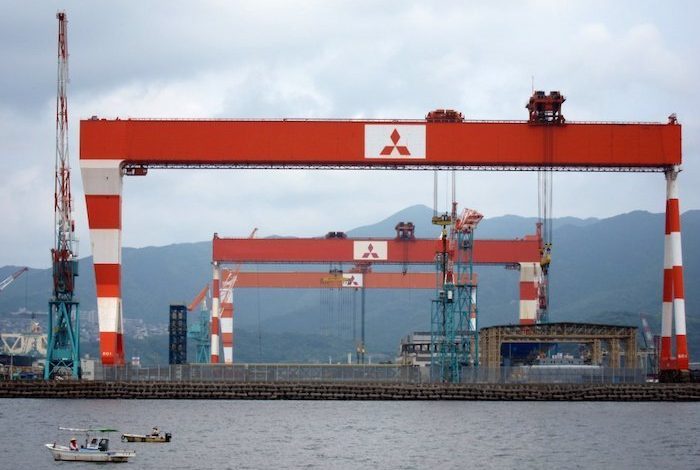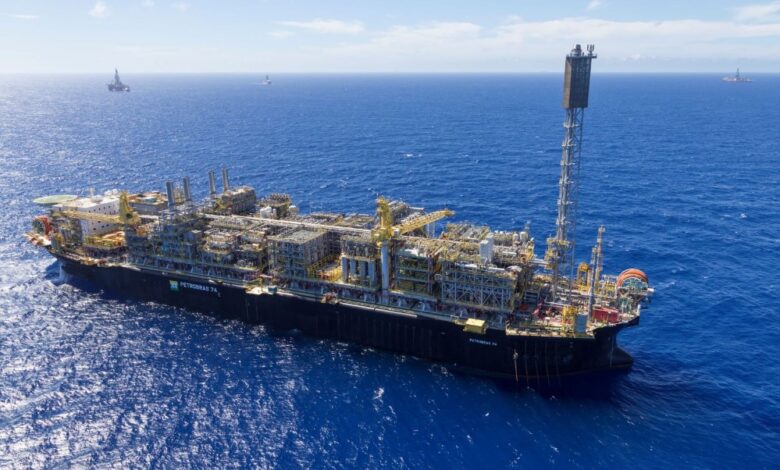Amid rising concern about China’s and Russia’s growing influence in Africa and corresponding apprehension about the United States’ capacity to hold its own in the region, President Donald Trump’ executive order pausing all U.S. foreign assistance funded by or through the State Department and U.S. Agency for International Development (USAID) has certainly muddied the waters further.
Whether or not the legal challenge to the directive is ultimately successful (a U.S. federal judge has ruled that the president “overstepped his constitutional authority”), the apparent determination of the Trump administration to make all foreign assistance align with “U.S. foreign policy under the America First agenda” suggests that we are entering a new era with new rules of engagement in both U.S.-Africa relations and U.S. development assistance in Africa.
This shift presents an opportunity for African countries to reset their relationship with foreign aid as well as rethink the moral and philosophical underpinnings of African development.
Most of the immediate reaction to the presidential order has focused on the implications for U.S. geostrategic interests in a region where, since the Russian invasion of Ukraine in early 2022, Washington seems to be on the back foot. Seen from this perspective, shuttering USAID signals an intention to retreat when the United States should be pressing forward and seeking to remain in the good books of its allies.
It also suggests a readiness to surrender the diplomatic initiative to geopolitical competitors such as China and Russia as well as a coterie of middle powers—including Turkey and the United Arab Emirates—that sense an opportunity in Africa.
Furthermore, critics have argued that dismantling USAID is self-defeating, especially insofar as it signals U.S. abandonment of the soft-power approach that has seen the country make gains in the battle for hearts and minds that is invariably part and parcel of international diplomacy.
Both of these criticisms have merit. With an average annual disbursement of about $23 billion annually since 2001, USAID has been the face and vehicle of American soft power since its establishment at the height of the Cold War, supporting initiatives in areas including vaccination and HIV prevention programs and support for civil society groups. It stands to reason, then, that the ripples from its evisceration will reverberate far and wide.
Likewise, the most likely beneficiaries in Africa will be China and Russia. Over the years, and more so since the full-scale invasion of Ukraine, neither has been particularly shy in its objective of going toe-to-toe with the United States in Africa.
If their immediate aim is to curtail the U.S. footprint in the region, the long-term goal is unmistakable: to undercut the Western alliance with a view toward maligning liberal democracy—as Moscow’s reported instigation of coups across the Sahel, plus its continued material and moral support for the various juntas, attests.
Similarly, China’s celebrated Belt and Road Initiative and the growing number of Confucius Institutes scattered across the continent (as of July 2020, 61 of them had been established in 46 countries) are nothing but a smokescreen for the spread of Beijing’s preferred ideology.
However, it remains to be seen whether either has the financial muscle or, significantly, the appetite to cover the anticipated shortfall from the U.S. withdrawal of aid.
Despite all these criticisms, the most important consideration in all of this is how African countries themselves react and, crucially, whether they see the Trump administration’s efforts to dismantle USAID as an opportunity to accomplish two related objectives: first, to rethink Africa’s relationship to foreign aid, and second, to pose some basic questions about African development and the role of external assistance in instigating it. In other words, how can African countries make the best of a less-than-ideal situation?
Total aid to African countries since 1960 is calculated to be in excess of $2.6 trillion. While foreign aid, especially aid for humanitarian purposes, has no doubt saved many lives, worries about its unwitting negative impact on recipient countries cannot be disregarded. While economist William Easterly has shown that more often than not it tends to go to the wrong people, Georgetown University’s Ken Opalo has argued that it both robs countries of “the chance to cultivate policy autonomy” and helps prop up and prolong the lives of otherwise unsustainable political regimes.
Indeed, aid inflows into specific sectors of the African economy (the health care sector is a prominent example) has resulted in the near-total disappearance of the state from such sectors. In cases where the state is historically derelict, aid programs that take over its statutory duty as payer for services rendered effectively ensure that the state no longer has an economic stake.
While it may be true that none of this was intended, it does nothing to change the fact that reliance on aid often ends up poisoning the state-society compact in recipient countries, making the state less and less accountable even as both state and society depend more and more on a range of external agents.
Recurrent accusations regarding the systematic mismanagement of some of these funds—leveled not only by traditional critics of the aid regime but also, in some instructive cases, by aid groups themselves—raise the specter of foreign aid unwittingly bolstering the very elites it aims at undermining through support for pro-democracy efforts. The more autocratic the regime in question, the darker the underlying implications.
A related issue is the contested status of nongovernmental organizations, which are, at their best, indispensable vehicles for the circulation of transnational democratic social norms and, at their worst, elite contraptions with scant organic connection to society at large. Over the years, several African governments have enacted laws aimed at bringing NGOs to heel.
Rethinking their role in the aid-development nexus at this juncture would be a useful entree into a broader and much-needed conversation on the social impact of NGOs within the larger politics of civil society, taking into account the ever-present cleavage between popular needs and elite preferences in much of postcolonial Africa.
Beyond the nitty-gritty of specific policies is the philosophical and moral dimension of Africa’s protracted quest for development. While the authenticity of much donor solicitude for Africa can hardly be faulted, legitimate questions remain about whether the region can truly achieve a breakthrough under the current epistemological regime—a cornerstone of which is foreign aid—and whether continued reliance on foreign aid in fact puts the continent in permanent jeopardy.
This is not so much to deny the obvious benefits of foreign assistance, particularly humanitarian aid, as to indicate that over time, reliance of the type witnessed in a significant number of African countries is likely to create a kind of path dependence that may be difficult to overcome.
Far from being a new insight, the danger of aid inducing dependence—whether by weakening local capacity, eroding governmental accountability, or strengthening despotic governments against their citizens—has been the staple of scholarly and popular commentary on Africa’s developmental challenges over the years. The writings of George Ayittey, Dambisa Moyo, Graham Hancock, and Robert Calderisi have been particularly instructive in this regard.
Whether or not Trump’s foreign aid freeze is overturned by the courts, the move itself affords a historic opportunity for a serious reassessment of the role of foreign aid in Africa and a consideration of deeper moral and philosophical questions pertaining to the continent’s economic development.
As former Liberian Works Minister W. Gyude Moore noted in a recent Semafor article, “There is no future for an Africa that opts to outsource its ambition.” While genuine concern has been expressed about the potential impacts for Africa of the dismantling of USAID, the chance for a root-and-branch reassessment and reform is one that the continent itself cannot afford to miss.
While USAID’s closure will have many painful consequences across Africa, it is also an opportunity to open a new chapter in U.S.-Africa relations, one in which, because it is founded upon mutual respect, the possibility of success is not directly correlated to the amount of cash involved. For African countries that have long clamored for trade over aid, it can be the prelude to a golden age of African agency.
Trump has unintentionally given Africa an opportunity. The continent has nothing to lose by seizing it.


















